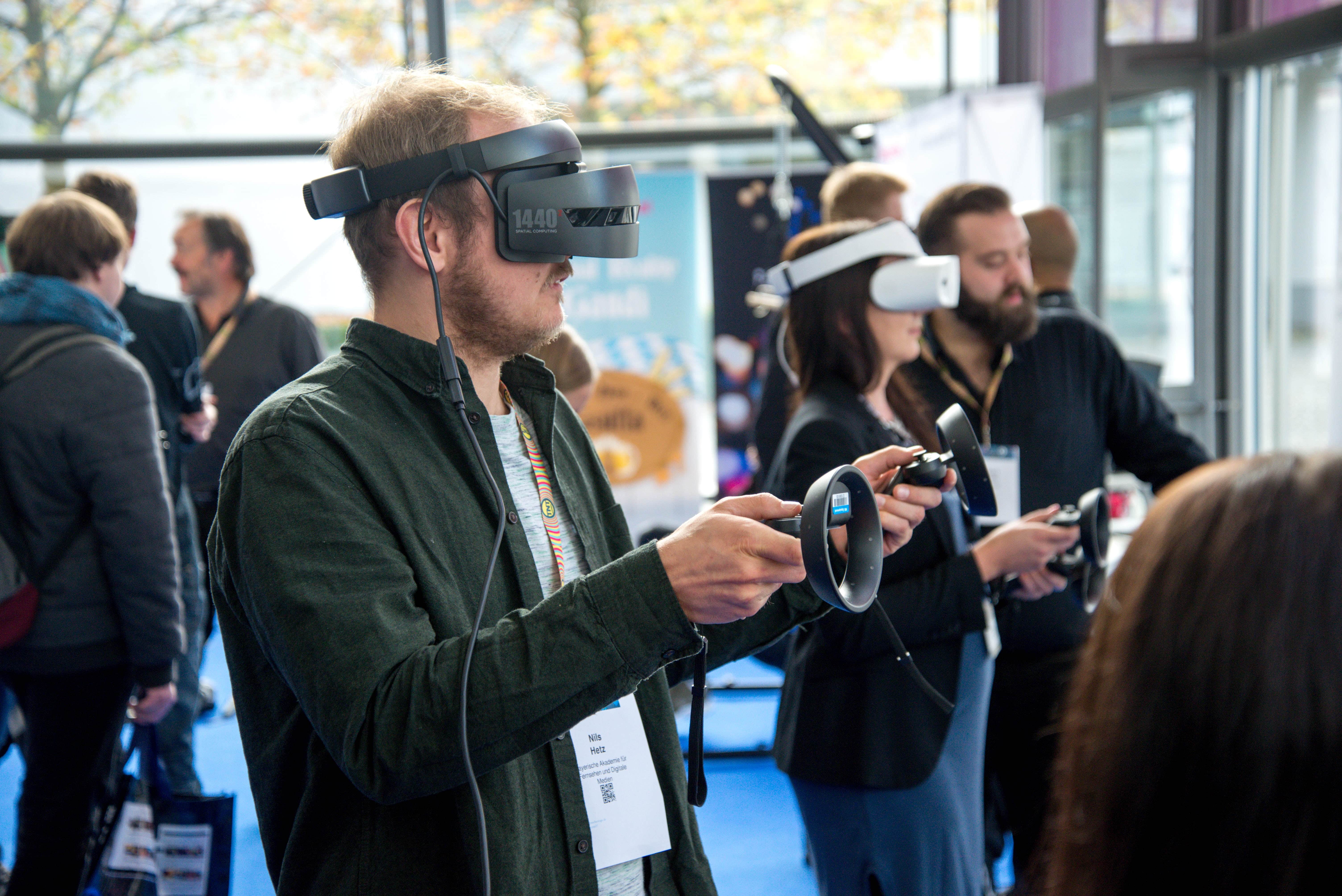The potential of VR-based rehabilitation
—

Virtual reality is an approach that allows a user to interact with a computer simulated environment, be it real or an imagined one. As the adoption of this innovative technology gains pace, it is impacting healthcare with growing speed. VR provides a valuable tool to deliver care and is beginning to revolutionise how therapies are delivered in this new era of social distancing.
For the 13 million people in the UK living with neurological or musculoskeletal conditions undergoing physiotherapy, VR offers an immersive experience designed to meet specific patient needs and improve patient care. As the COVID19 global pandemic put a renewed focus on remote care options, VR-based physiotherapy provides a solution by allowing patients to receive mobility rehabilitation from outside of a clinical environment.
VR as a healthcare tool
Virtual reality is defined as “an artificial environment that is created with software and presented to the user in such a way that the user suspends belief and accepts it as a real environment.” VR can act as an innovative approach to facilitate physiotherapy through created game like scenarios designed by clinical movement scientists to guide physical exercise performance through feedback and increasing patients’ engagement. The aim of the use of the VR in rehabilitation is to allow users to engage with not only the VR but also with virtual objects that provide enjoyment and a clinically appropriate medium for the achievement of the requirements of effective rehabilitation sessions.
Physiotherapy helps to restore movement and function following injury, illness, or disability. But is VR truly an effective tool to deliver physical therapy? During Parkinson’s research utilising VR, researchers found that “in comparison to physiotherapy, VR may lead to a moderate improvement in step and stride length” and similar effects on gait and balance (Dockx et al 2016).
A 2017 study concluded that evidence supported VR-based rehabilitation as a promising intervention to improve physical balance and motor skills in children and adolescents with cerebral palsy (Ravi et al 2017). VR technologies are predicted to contribute 1.5 trillion dollars to the world economy by 2030. The application for VR technology in healthcare provides a novel solution to the current need for socially distanced care provisions. The benefits of using VR as a tool for rehabilitation is that it allows the controller to create personalised environments and situations for patients to navigate through as well as generating more accurate, objective feedback for users.
Conclusion
There are over 11 million people in the United Kingdom with life limiting long-term illness, impairment or disability and the most reported impairments are those that affect mobility. At HexTransforma Healthcare, we are collaborating with experts in the field. We work closely with Dr. Mohammad Al-Amri, Senior Research Fellow at Cardiff University who leads their Senor Physiotherapy Intervention (SPIN) group. Together with Dr. Al-Amri, we are striving to offer affordable novel remote VR solutions to improve mobility function for those who are disabled, in elderly care or with long-term illness affecting movement.
VR therapy gives patients the opportunity to practise therapeutic movement in a controlled environment, leading to improved physical stamina, better cognitive skills, and improved confidence to tackle these challenges in the real world.
